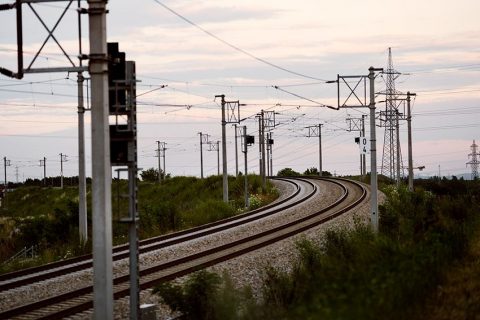
CER: ‘EU will be a patchwork of regulatory frameworks’
Nine member states will transpose the 4th Railway Package’s Technical Pillar into national law on 16 June 2019. However, 17 countries have opted for a transition period until June 2020. As a consequence, there will be a patchwork of regulatory frameworks, presenting a challenge in particular for safety certification, vehicle authorisation and ERTMS trackside authorisation. This concluded the Community of European Railway and Infrastructure Companies (CER) in its Annual Report 2018.
The 4th Railway Package defines a new legal framework for the European railway sector. In this light, it has been necessary to revise the Technical Specifications for Interoperability (TSIs), one of the cornerstones of the package. The implementation of the technical pillar is now on its last mile, but will not be complete until all countries have adjusted national legislation.
The TSI define the technical operational standards which must be met by each subsystem (e.g. rolling stock or infrastructure) or part of a subsystem in order to meet the essential requirements and ensure the interoperability of the EU’s railway system as a whole. Furthermore, the harmonisation of operational rules was driven by the revision of the OPE TSI. This TSI applies to the operation and traffic management subsystem of infrastructure managers and railway undertakings.
Safety reports
But this is not the only point that remains a hurdle, as some open points remain in the field of safety. “Although huge efforts have been made, common occurrence reporting including the Safety Alert and Information Tool (SAIT) has not been finalised. A sound solution is necessary as common occurrence reporting is a core element of drafting safety management systems as well as granting safety certificates and managing supervision.”
For the time being, national safety authorities will continue to be responsible for the planning, implementation and monitoring of the assessment work. The final provisions to be laid down in a Commission Regulation on practical arrangements for issuing safety authorisations to infrastructure managers are still pending, CER noted.
Digital registration
A success story of the new regulatory framework is the digitalisation of vehicle registration. In the future, the European Vehicle Register, with a link to the national vehicles registers, will provide a comprehensive overview of vehicles being put on the market. “Providing all information in a digital format ensures quicker data processing achieving quicker results”, CER writes in the report.
The Register of Infrastructure (RINF) provides the main features of the European railway infrastructure. The values of the parameters recorded in the Register of Infrastructure will be used in combination with the values of the parameters recorded in the vehicle authorisation.
Railway authority
From 16 June this year, the European Union Agency for railways (ERA) will be established as the railway authority in Europe. “De jure the Agency becomes an authority responsible for issuing authorisations for the placing on the market of railway vehicles and vehicle types, for issuing single safety certificates for railway undertakings in the European Union and for granting ERTMS trackside approval”, CER writes.
The 4th Railway Package is a set of six legislative texts created to complete the single market for rail services (Single European Rail Area). Its overarching goal is to revitalise the railway sector and make it more competitive. It comprises the so-called “Market Pillar” and the “Technical Pillar”.





